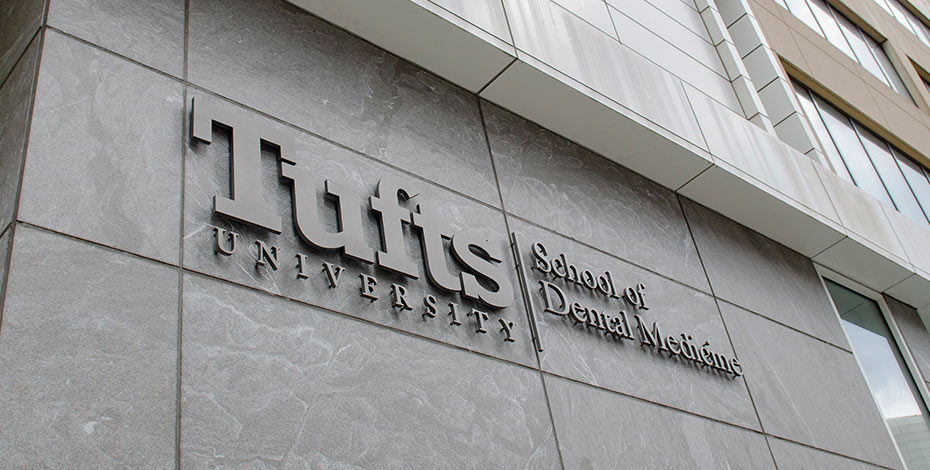For more than 20 years, ExamSoft has been harnessing the power of data to transform learning and assessments in a range of degree programs, helping graduates improve exam pass rates. The platform also provides faculty with data and reporting to improve the efficacy of their instruction and gives schools the means to meet shifting accreditation standards.
ExamSoft has published several case studies that highlight its impact on board exam passage rates. Here, we look at recent cases to demonstrate how the platform can help your institution improve learning, assessment, and exam performance.
Alabama State University – College of Health Sciences
Challenges: Alabama State’s College of Health Sciences discovered that graduates who had performed well in its programs were scoring lower than anticipated on board certification exams, which were computerized. The college was using paper exams, which were also hindering faculty in the PT, OT, and P&O programs. Instructors administer many assessments in a single exam session, and scoring these large interdisciplinary batches had become time-consuming. With paper-based assessments, it was difficult to observe trends in student performance and identify exam items that needed improvement.
Results: By adopting ExamSoft, the college was able to familiarize students with a computer-based testing environment, boost board exam scores, and expedite the grading process. Scores among graduates of the PT program have increased by 18% since the switch, while board exam scores in the OT program have increased by 7%. Remarkably, 100% of students reported that the program prepared them to be successful in residency positions.
Faculty saw the benefits, too. Exams that previously took one anatomy instructor 30 to 40 hours to grade now take only three or four hours. Instructors now leverage data via psychometric analysis to determine the efficacy of their exam items and improve the quality of their question banks.
University of Nebraska Medical Center – College of Allied Health Professions
Challenges: The College of Allied Health Professions’ (CAHP) programs at UNMC differ in length, ranging from one to three years. They are offered in various modalities, with some programs completely online, some hybrid, and some entirely in-person. Programs were administering exams and managing exam files separately, which led to inconsistencies in modes and methods of assessment. Due to the varied approaches, the college couldn’t track performance across programs for shared learning objectives.
Results: After adopting the ExamSoft platform in 2014, the college created categories to identify overlap across programs. Now, each program manages its own designated section of the database, maintaining folder structure, categories, and assessments. User management and other administrative tasks are handled at the college level to ensure that faculty users have access to the portions they need. The college also maintains LMS settings and fulfills student testing accommodations.
Data from ExamSoft now guides curricular decisions and provides insights toward achieving board, program, college, and university objectives. Each program can decide how to best utilize the categories. Some use them to observe student performance data by learning outcome. Others use them to record data pertaining to licensure examination content or accreditation criteria. Data from ExamSoft helps the CAHP see where program- and college-level objectives are aligned and, more importantly, where they’re not. Faculty are also empowered with data that can help project their students’ board exam scores and help remediate to prevent poor scores.
Northwestern Oklahoma State School of Nursing
Challenges: With an accreditation visit looming, the school’s licensure exam (the NCLEX) passing rates were at an all-time low. Exam security was another critical issue. To make matters worse, it took hours to pull student performance data from disparate sources, and the school didn’t have a dedicated team to implement a new solution.
Results: Less than one year after adopting ExamSoft’s assessment solutions, exam security concerns were alleviated. Faculty could clearly chart performance on key metrics, demonstrating improvements in student learning and outcomes to accreditors. NCLEX pass rates improved from 72% to 92%, and the school gained accreditation. Data that once took hours to pull from various sources (on a per-student basis) was automatically generated and easily accessible.
To boost student performance, the faculty created reports to explore the types and categories of questions that were creating challenges. The quality of remediation sessions improved drastically, as did student outcomes.
Challenges: As a young school with aggressive plans for growth, Arizona College needed a tool that allowed for collaboration across campuses in different locations. They also wanted to standardize student evaluations, ensuring more uniformity in their programs.
With the addition of the BS in Nursing program came another layer of accreditation. The school lacked a system for storing, sorting, and gaining insights from exam data. It needed a centralized repository for data and a platform for measuring and reporting on its programs. The college also needed to raise passing rates for the nursing licensure exam.
Results: Prior to implementing the ExamSoft platform, the school’s nursing graduates had an NCLEX passage rate around 77%. For the three cohorts following ExamSoft adoption and use, the pass rate increased to 100%. Arizona College was also able to standardize their testing environment and ensure academic integrity, validity, and reliability.
ExamSoft’s item analysis dashboard enabled faculty to improve the quality of instruction, without teaching to the exam. Now the college is focused on tagging questions to outcomes and accreditation requirements to clearly demonstrate effectiveness.
Challenges: Two years after the university’s opening in 2011, the ABA denied accreditation, citing the young school did not demonstrate an ability “to provide the academic support necessary to assure each student a satisfactory opportunity to complete the program, graduate, and become a member of the legal profession.”
Results: With ExamSoft, faculty were able to identify students’ struggles and help them study smarter, not harder. By tagging questions to subject matter as well as program- and course-level outcomes, faculty are able to see recurring issues or areas where each student needs intervention. They create smart strategies for remediation that are responsive to specific issues from misunderstanding of a concept to challenges with writing.
After graduating in May 2013, members of LMU Law’s inaugural class sat for the July 2013 Bar Exam and passed at an impressive 81% rate. The ABA granted LMU Law provisional accreditation in 2014 and full accreditation in 2018.
Tufts University School of Dental Medicine
Challenges: TUSDM saw an opportunity to make their students’ test-taking experience more like the dental board exam experience. The school also concerned with improving the curriculum and assessment methods, while giving students the tools necessary to optimize achievement. When the school initially started using ExamSoft, final exams had different types of questions, but the format was inconsistent with the entirely multiple-choice format proposed by the Joint Commission on National Board Examination, and that hindered student performance.
Results: Starting in January 2020, all final exams were transitioned to a format consistent with the board exam. TUSDM took a deep dive on the use of psychometrics, integrating best practices for teaching and used point bi-serials to identify variances in performance. ExamSoft reports provide statistical data points for each exam item so that faculty can clearly see the performance of each item among high- and low-performing students and make necessary adjustments. TUSDM also provides students with Strengths & Opportunities Reports to enable them to review exam results and see how they performed in specific areas.
Is your institution seeking to address any of the challenges described in these case studies? Request a customized demonstration with one of our Academic Business Consultants to see how ExamSoft can help your faculty and students.






